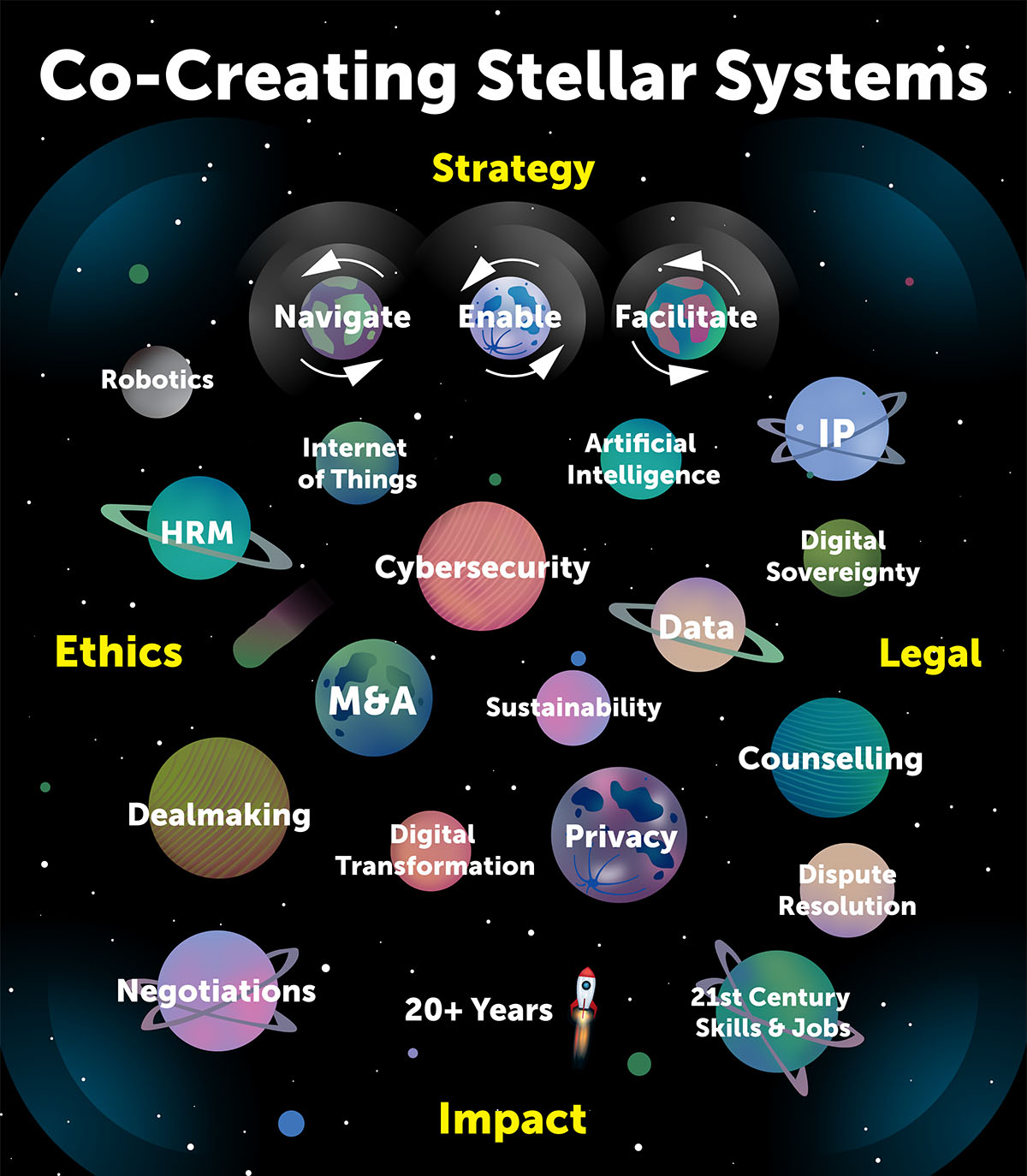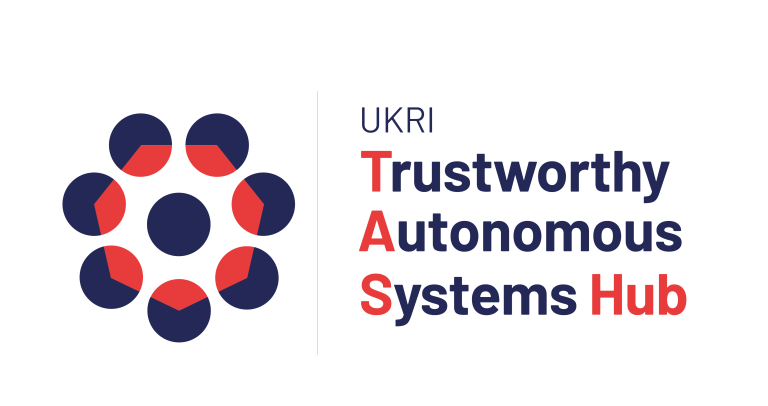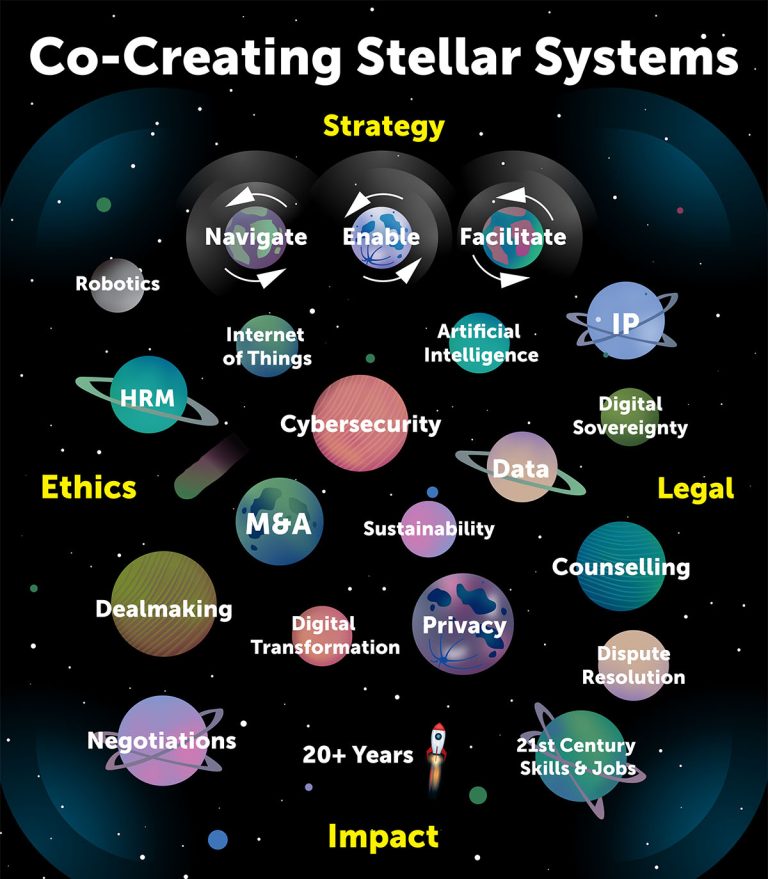Impact | Strategy | Legal
Arthur’s Legal, Strategies & Systems (ARTHUR) is the independent, global strategic legal advisory and knowledge partner, dedicated to co-create trailblazing, long-lasting partnerships and impact.
In that spirit, at ARTHUR's we are at your service since 2001, with advanced, readily available expertise and capabilities.
Together with you, we are commited and determined to create impact, strategising societal challenges, collaborations, technologies and data sharing, and operationalising, enabling and facilitating those strategies including with our strategic and legal knowledge, expertise and ability to execute these in various fields.
So ask yourself: how can you seize opportunities, navigate the future, and tackle growing pains while staying relevant and impactful? It is time to contact us and shape and co-create your future.
As there is always high demand, we recommend getting in touch as soon as you can so our core team members can get started right away.
















